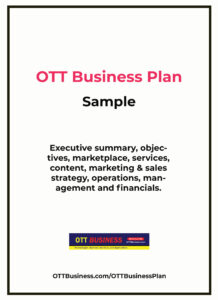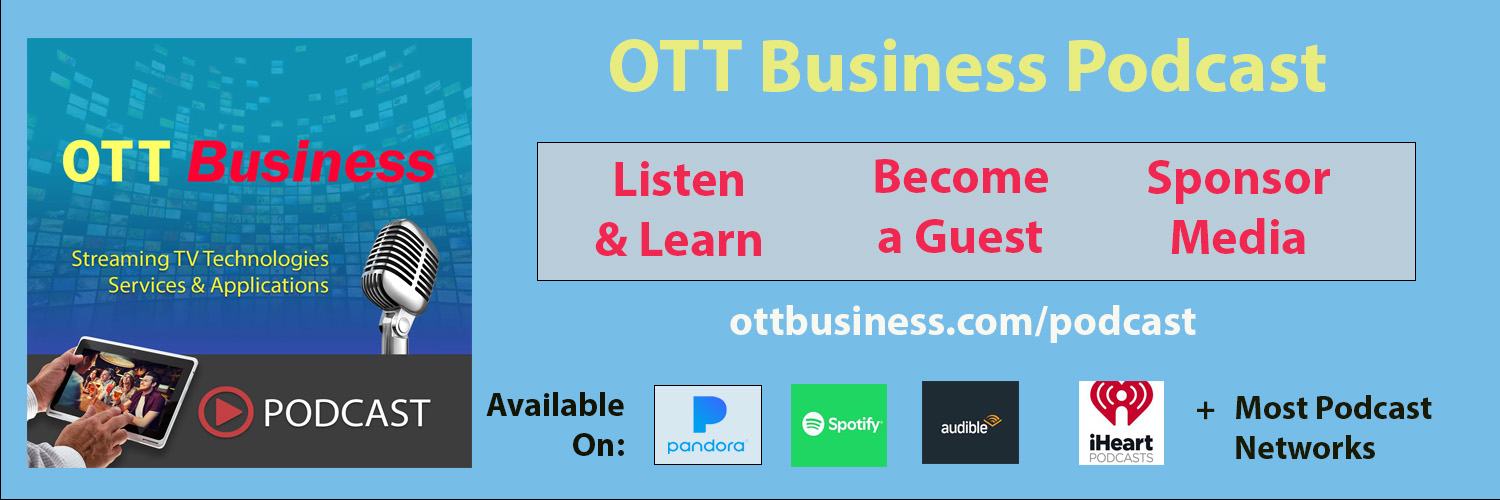This sample business plan for a streaming TV service company outlines strategies and objectives for launching and operating a successful platform in the digital entertainment industry. It provides key example business objectives, such as becoming a leading provider of on-demand streaming content, offering a diverse range of programming to cater to various audience demographics. The sample service descriptions identify types of content offered such as movies, TV shows, documentaries, and original productions, designed to appeal to target audiences such as millennials, families, and niche interest groups. The sample plan also defines typical facilities requirements, highlighting the need for advanced streaming servers, content delivery networks, and secure payment systems to support seamless operations. It provides an outline of systems and operations procedures for content acquisition, licensing, and distribution, along with media production strategies involving collaborations with filmmakers and content creators. A sample budget allocation and resource management is included to manage finances for content acquisition, marketing campaigns, and technological infrastructure to achieve the company’s objectives and drive growth in the competitive streaming TV market.
OTT Service Business Plan
Executive Summary
Brief introduction to the business, including its mission, vision, and core values.
Business Objectives
Outline short-term and long-term goals.
Key Highlights: Summarize key points from each section of the plan.
Company Description
Business Model: Explain the type of OTT service (e.g., SVOD, AVOD, TVOD).
Company History: Provide background information about the company.
Unique Value Proposition: Highlight what differentiates your service from competitors.
Market Analysis
Industry Overview: Describe the OTT and streaming TV industry, including trends and growth projections.
Target Market: Identify and describe your target audience.
Competitive Analysis: Analyze competitors, including their strengths and weaknesses.
Market Needs: Detail the needs and preferences of your target market.
Services and Content
Content Strategy: Outline the type of content you will offer (e.g., original productions, licensed content).
Content Acquisition: Explain how you will acquire content.
User Experience: Describe the user interface and experience, including features like recommendations, search functionality, and user profiles.
Marketing and Sales Strategy
Marketing Plan: Detail marketing strategies and channels (e.g., social media, influencer partnerships, advertising).
Customer Acquisition: Outline strategies for attracting new users.
Sales Strategy: Explain your pricing model and any subscription plans or ad revenue strategies.
Branding: Describe your brand identity and positioning in the market.
Operations Plan
Technology Infrastructure: Detail the technology stack and platforms used (e.g., content delivery network, video player, DRM).
Content Delivery: Explain how content will be delivered to users (e.g., streaming quality, device compatibility).
Customer Support: Describe customer support services and how you will handle user inquiries and issues.
Management Team
Key Personnel: Introduce the management team and their qualifications.
Organizational Structure: Provide an organizational chart and describe roles and responsibilities.
Advisors and Partners: Mention any key advisors or strategic partners.
Financial Plan
Revenue Model: Explain how the business will generate revenue.
Funding Requirements: Detail any funding needed and how it will be used.
Financial Projections: Provide financial forecasts, including income statements, cash flow statements, and balance sheets.
Break-even Analysis: Determine when the business will become profitable.
Risk Analysis
Market Risks: Identify potential risks in the market and industry.
Operational Risks: Outline risks related to operations and technology.
Financial Risks: Discuss potential financial risks and mitigation strategies.
Compliance and Legal Risks: Address any regulatory or legal issues relevant to the OTT industry.
Appendix
Supporting Documents: Include any additional documents that support your business plan (e.g., resumes of the management team, detailed market research data, technical specifications).
To get the full version of this document, please enter your information below.


